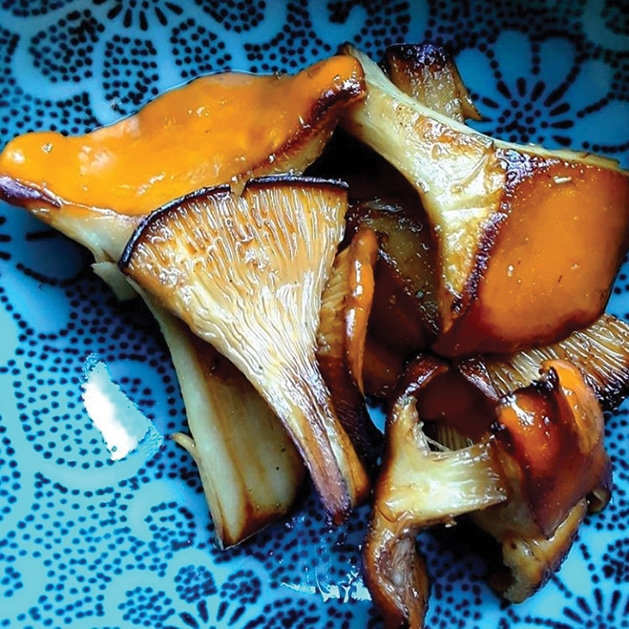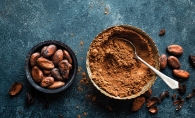
May brings the hunt for morels, the most coveted of Minnesota mushrooms. With their honeycombed caps and hollow stems, morels are easy for even a beginning forager to recognize. (The solid-stemmed false morel, which can be toxic, is the only similar mushroom to avoid.) Last May, after a year of learning edible mushrooms in the woods around where I live, I was ready to scout for morels. I went out when the lilacs were blooming (which meant the temperature and day length were right) and looked around dead and dying elm trees (which meant the soil conditions were right). Thanks to the power company, which had noticed dead trees near power lines and hacked them back in a decidedly inelegant way, I took note of several dead trees just down the road. These bore the tell-tale spidery-looking scars of the galleries that Dutch elm beetle larva chew just under a tree’s bark.
On a south-facing slope with good sun around these dead trees, I found my first morel among the dry wild grasses. I was ecstatic! And then I found another, and another, and another. I came home with a dozen beautiful mushrooms and immediately enjoyed them cooked in butter. I went back the next day, and the next, and the next. In all, I collected about five pounds of morels. Consistent with morel-hunting tradition, I won’t disclose where I found them. But with a little hunting, they will likely reveal themselves.
Anne Marie Ruff Grewal is a writer, editor and environmentalist who has recently published her second novel, Beneath the Same Heaven—a story of love and terrorism.









